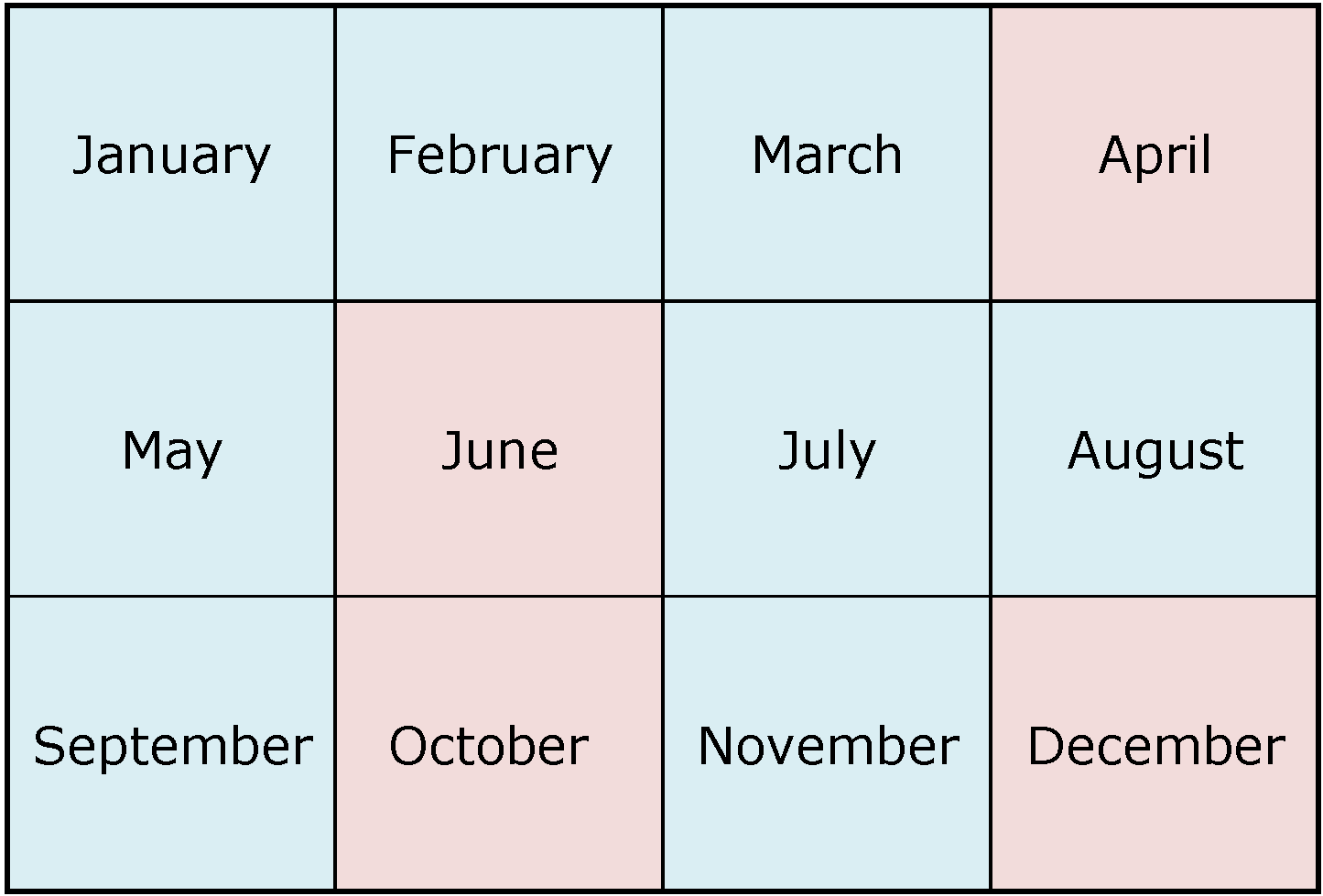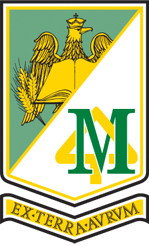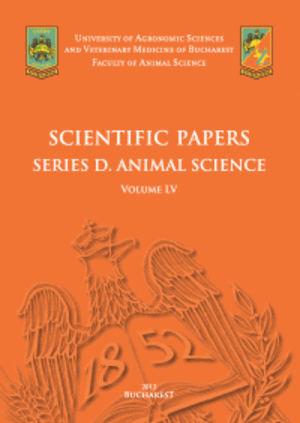Published in Scientific Papers. Series "Management, Economic Engineering in Agriculture and rural development", Vol. 25 ISSUE 2
Written by Anca Aneta DRAGUNESCU, Florin SALA
Grapevine is a plant with a long history and complex values in the history and economy of humanity. Different grapevine management systems have been promoted, in order to obtain quality wine products and by-products. This study comparatively analyzed two growing systems of the 'Sauvignon Blanc' grapevine cultivar (SB), in high form (HF), and in semi-high form (ShF). The experiments were conducted in the area of Recas locality. Productivity elements defined by current technological works, plant productivity indices, and yield per plant, respectively per unit area, were analyzed. Under the study conditions, the semi-high form (ShF) management system ensured better yield per plant (Y/plt) and per unit area (Y/ha), p<0.001. Regression analysis described the values of yield per plant (Y/plt) in relation to productivity elements, FL (fruit load), FS (fertile shoots), R2 = 0.951, p = 0.0098; respectively FL and IN (inflorescence number), R2 = 0.958, p = 0.0075. The results showed that FL and FS parameters presented convergent action and can be optimized concomitantly, while FL and FS parameters presented divergent action and require a differentiated approach.
[Read full article] [Citation]

 Next Issue will be published according the the calendar.
Next Issue will be published according the the calendar.



